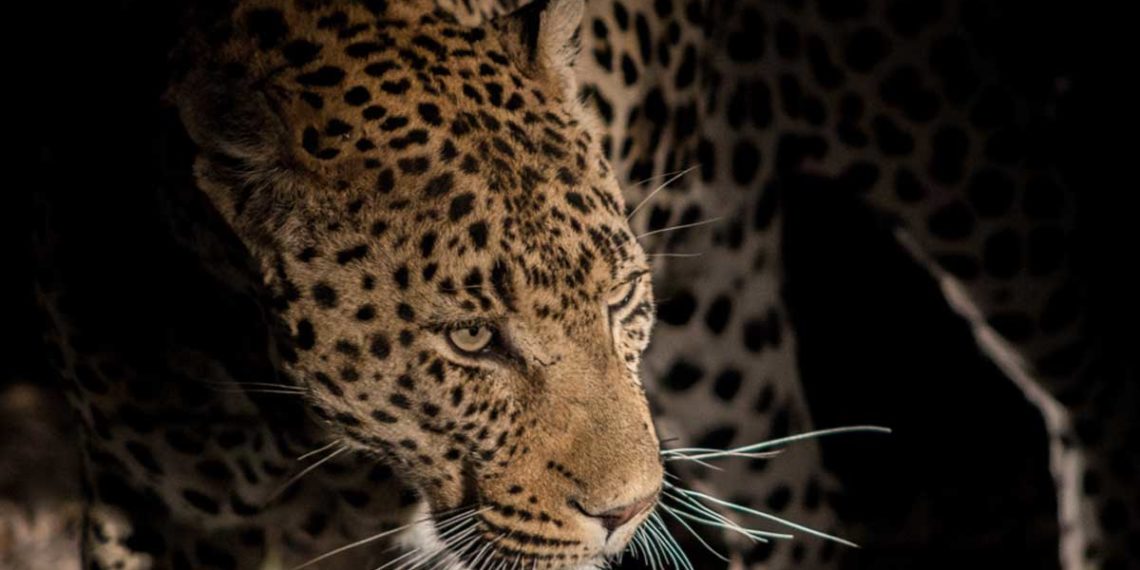
Two unidentified leopards traversed their way onto Umkumbe territory, giving no indication of where they were headed. Like ghosts in the night and passing ships, the elusive disappeared without a trace. Both leopards were seen on different occasions and sightings were sporadic. There are often random sightings of new leopards and ones that don’t hang around long enough to I.D. It’s what makes the Sabi Sand an interesting destination for leopard activity. While these were once off sightings, there has recently been another sighting of a new leopard – one that has been identified and apparently quite at ease on its new turf. Here’s a big hello to the Mambiri male.
This male was aggressively patrolling and scent marking areas and wasn’t in any hurry to flee the vicinity. We’d like to establish the history of this leopard and we’re obviously hoping to see what happens. Mxabene, Tatowa, Kigelia, White Dam, White Dam’s male cub and Little Bush’s female cub have also been spotted this week, which has added even more of a varied collection of leopards to Umkumbe’s sightings.
Why are there unknown leopards and new leopards congregating on land dominated by other leopards? Although leopards are territorial, males cover a wider area than females and thus their territory can overlap with a number of females. When females raise their cubs they let the cubs begin their solitary lifestyle at around 12 – 18 months. These youngsters will often hang around on the periphery of their mother’s territory. When a range does overlap, this may be between related females – it’s all about keeping it in the family!
A leopardess is particularly patient and tolerant to other newly independent youngsters crossing over into her area in a bid to establish their own homeground. Often, leopards will explore and then move-off. They’re not known for enjoying confrontation and will sneak off silently instead of engaging in a showdown. Both males and females actually defend same-sex territories, but are very much averse to fighting and would far rather ensure their energy is spent clawing trees, marking bushes and patrolling their range.
Mambiri seems to be settling in and even conducted a kill! He was seen with the kill on the ground and it was relatively hidden in the dense shrubbery. Let’s hope he takes his fresh meal up into the fork of a tree for safekeeping. The Sabi Sand is rife with hyena activity and one can never be to sure if notorious Toothfairy will approach the area to do what she does best, bare her toothy grin and steal a leopard’s newly acquired meal. With so many leopards in the area, food comes easy to hyenas – a simple smash and grab normally does the trick.
The one to watch at the moment? Mambiri of course!
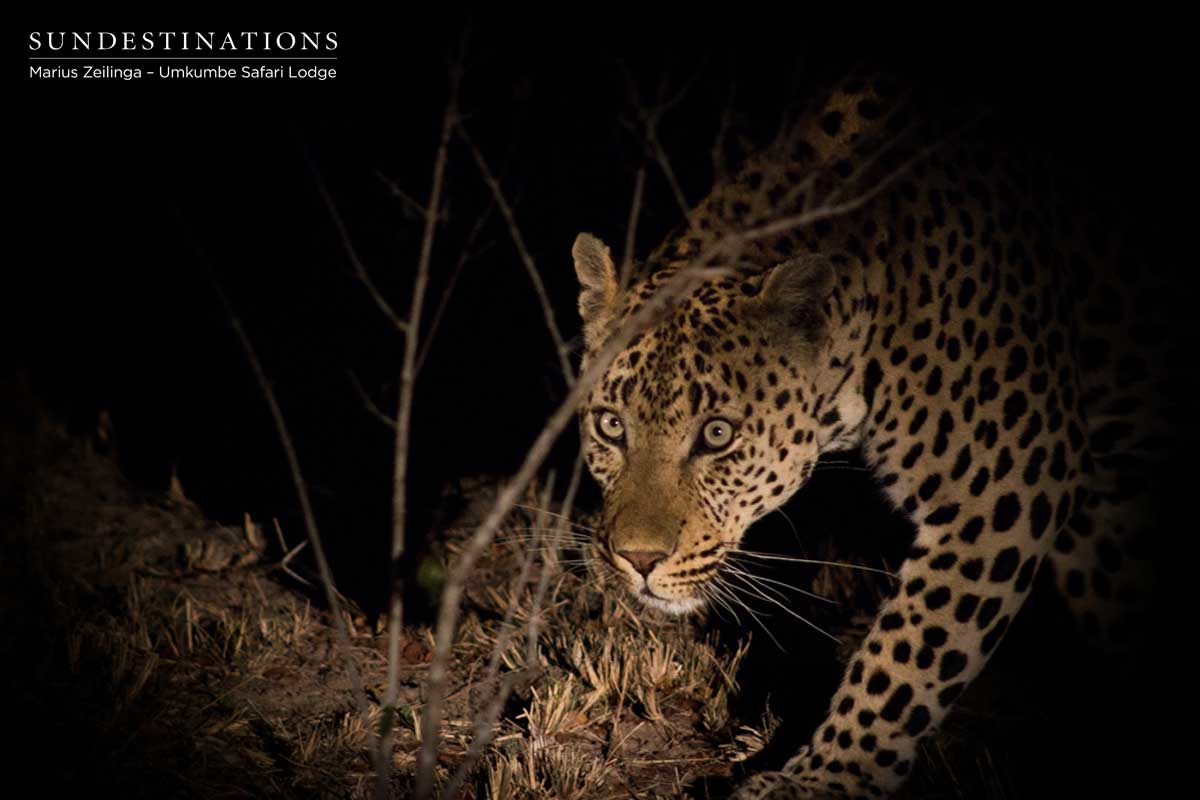
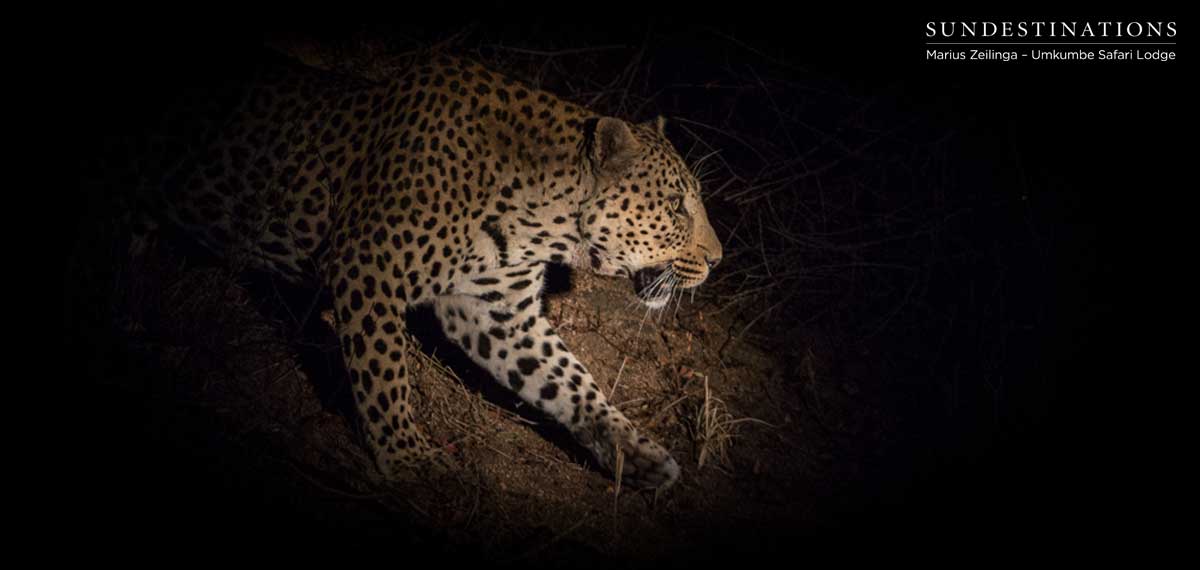
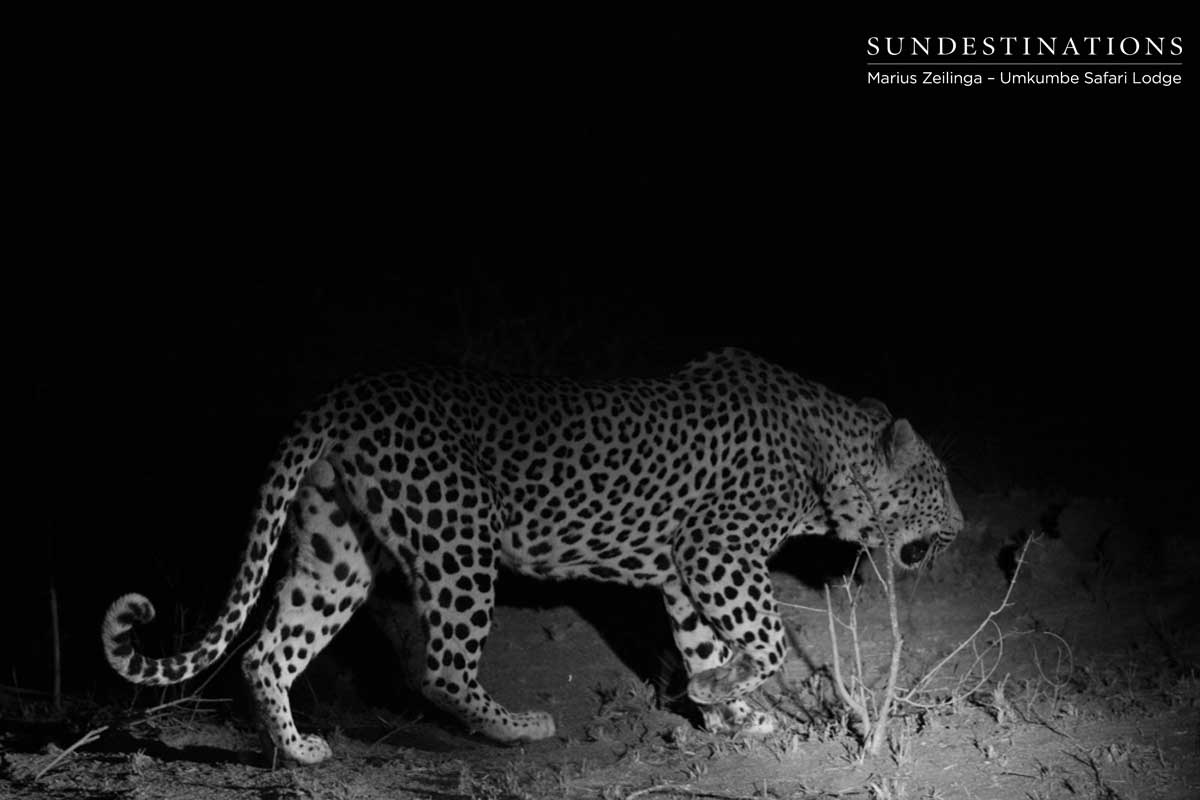
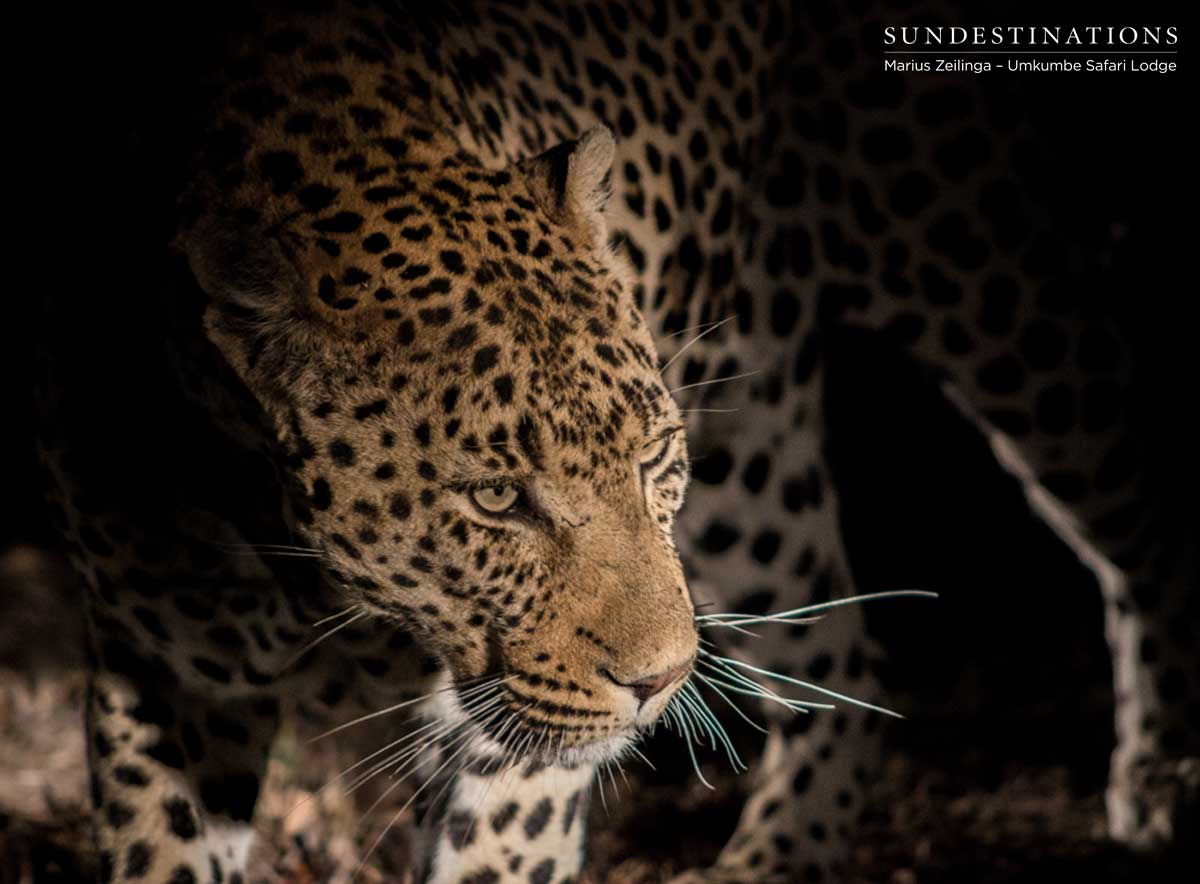
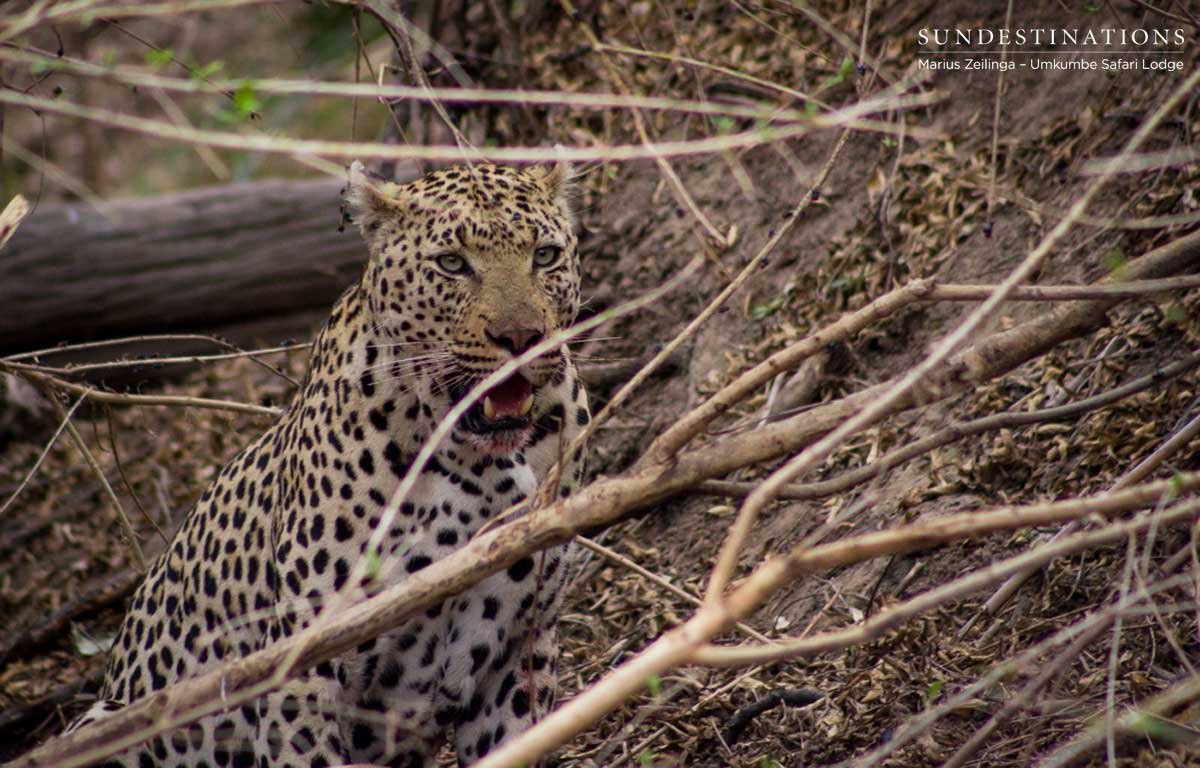
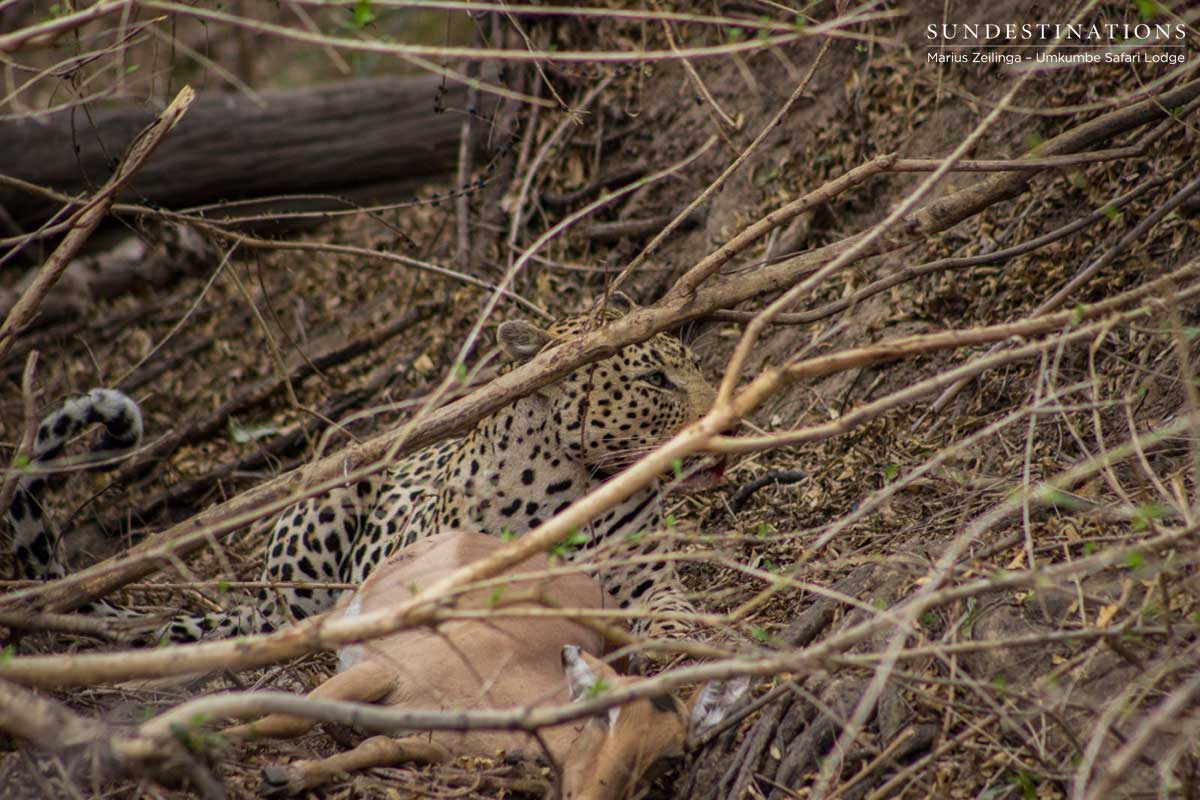
Leave a Comment